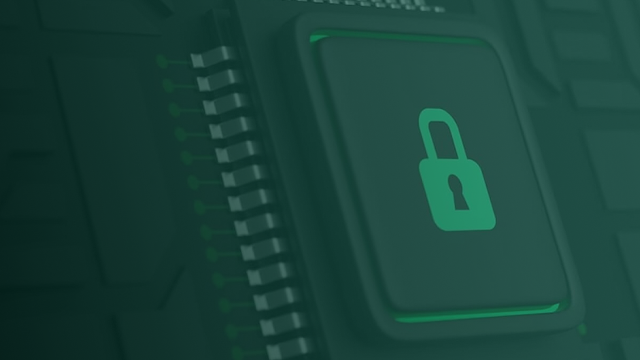
Keep up with our latest security updates.
Security alerts
.jpg)
Security alerts archive
Select a year to view the archive.
Thank you! Your submission has been received!
Oops! Something went wrong while submitting the form.
Sign up for NCR Atleos Security Updates
As part of our commitment to ATM security, we regularly provide alerts and updates to the market on global ATM security issues and situations.
We issue alerts when:
- We receive reports of new ATM attacks
- We receive reports of modifications to ATM attack methods
- Industry compliance issues require actions by ATM deployers
Keep yourself fully informed by signing up today.

